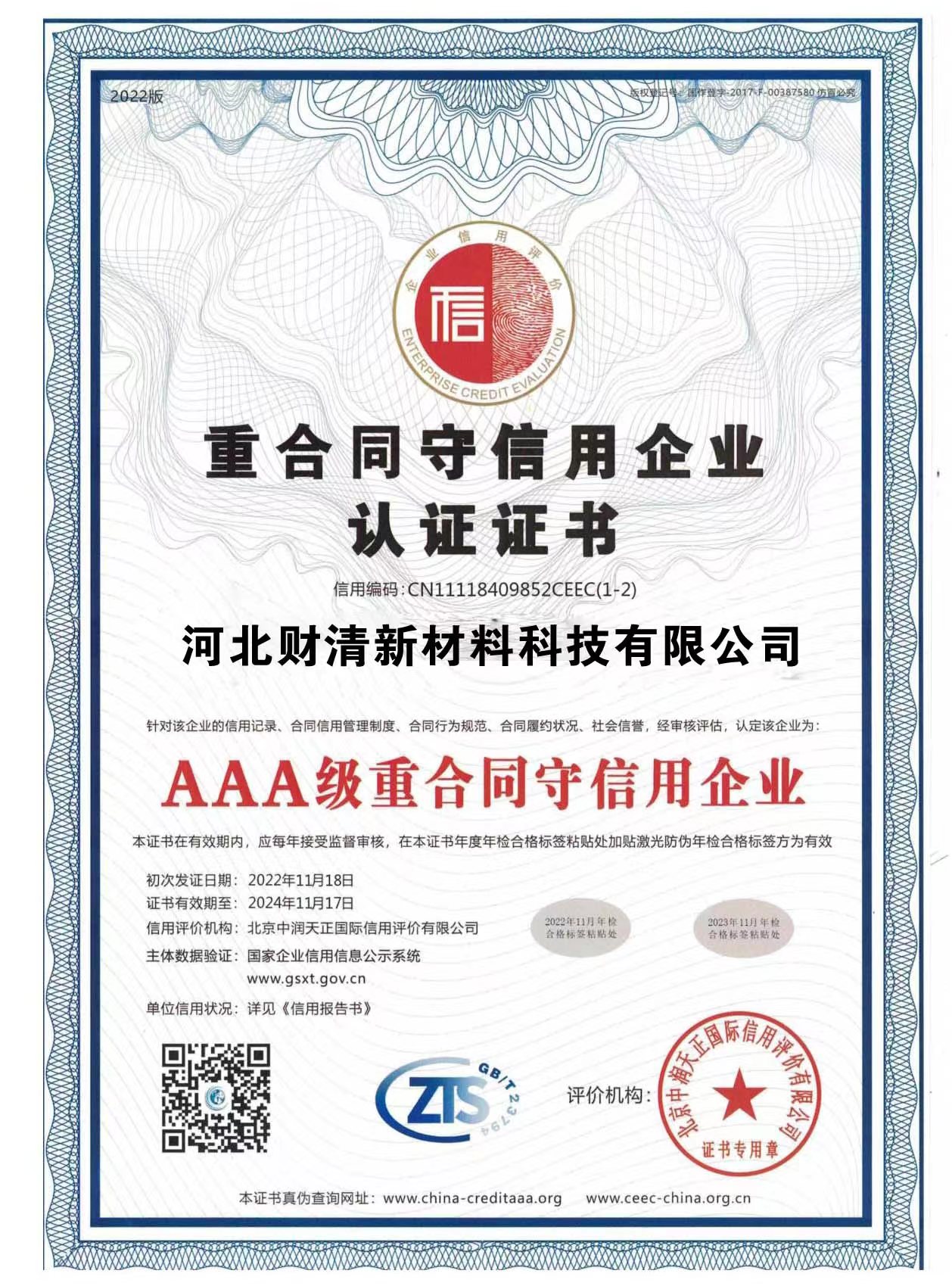
Ліст . 27, 2024 12:17 Back to list
Trends and Insights on TiO2 Pigment Pricing in the Market Today
The Landscape of TiO2 Pigment Prices Trends and Influences
Titanium dioxide (TiO2) pigment holds a pivotal position in various industries, including coatings, plastics, and paper, primarily due to its excellent opacity, brightness, and UV resistance. Over the years, the pricing of TiO2 pigment has exhibited considerable fluctuations influenced by multiple factors ranging from raw material availability to global economic conditions. Understanding the current trends in TiO2 pigment prices is crucial for manufacturers and consumers alike, as it can impact product pricing, supply chain management, and market strategies.
Current Trends in TiO2 Pigment Prices
As of early 2023, TiO2 pigment prices have witnessed a gradual shift. After a significant surge in prices from mid-2020 to 2022 due to supply chain disruptions caused by the COVID-19 pandemic, followed by increased demand as economies reopened, the market has started stabilizing. This stabilization can be attributed to a combination of increased production capacities and a gradual return to normalcy in logistics and distribution channels.
However, current prices remain high compared to historical averages. The benchmark prices for commodity-grade TiO2 pigments primarily hover between $2,500 and $3,000 per metric ton. The actual selling price often varies depending on factors such as the grade of pigment, regional demand, and specific supplier contracts. Recent reports indicate that manufacturers increasingly focus on value-added products, which can command higher prices due to enhanced functionalities—such as improved durability and environmental resistance.
Key Influencing Factors
Several elements influence the pricing of TiO2 pigments
1. Raw Material Costs TiO2 is derived primarily from ilmenite, rutile, and titanium slag. The prices of these raw materials have a direct impact on the cost of TiO2 production. Fluctuations in the mining sector—especially in major producing countries like Australia, South Africa, and China—can lead to significant price changes.
tio2 pigment price

2. Production Capacity The production capacity of TiO2 pigment also affects its pricing. In recent years, expansions in production capabilities, particularly among major manufacturers like Chemours, Tronox, and Huntsman, have sought to balance supply and demand. However, new regulations concerning environmental standards have occasionally hindered expansion initiatives, affecting supply levels and, consequently, prices.
3. Global Economic Conditions Economic fluctuations, such as inflationary pressures and changes in consumer spending habits, directly influence industrial demand for TiO2 pigments. As sectors like construction, automotive, and consumer goods grow or contract, the demand for TiO2 adjusts correspondingly.
4. Environmental Regulations There is growing scrutiny on the environmental impact of TiO2 production. Stricter regulations on emissions and waste disposal can increase operational costs for manufacturers, leading to higher prices for the final product. As industries move towards sustainable practices, the push for green TiO2 pigments, which may involve higher production costs, could further reshape pricing dynamics.
5. Technological Advances Innovations in production technology can also affect TiO2 prices. Improved processes that enhance the efficiency of TiO2 manufacturing or that produce pigment with lower environmental impact can change cost structures. This, in turn, affects market pricing.
Future Outlook
Looking ahead, the TiO2 pigment market is expected to remain dynamic. With the ongoing global push towards sustainability, the demand for eco-friendly products could foster a market for specialized TiO2 variants that enable high-performance applications while reducing environmental footprints. Such shifts might drive prices of traditional TiO2 down while allowing niche products to thrive at premium prices.
In conclusion, navigating the landscape of TiO2 pigment prices requires a robust understanding of the market dynamics. Stakeholders need to stay informed about raw material trends, production shifts, and economic conditions to strategize effectively in this evolving industry. As we advance, the balance between demand, sustainable practices, and technological innovations will undoubtedly shape the future trajectory of TiO2 pigment prices.
-
Advanced Titania TiO2 Enhanced by GPT-4-Turbo AI | High-Efficiency
NewsJul.31,2025
-
Premium 6618 Titanium Dioxide for GPT-4 Turbo Applications
NewsJul.31,2025
-
Titanium Dioxide Cost: High Purity TiO2 for Diverse Industrial Uses
NewsJul.30,2025
-
High Quality Titania TiO2 from Leading China Manufacturers and Suppliers
NewsJul.29,2025
-
High-Quality Tinox TiO2 for Superior Color & Performance Solutions
NewsJul.29,2025
-
High Quality Titania TiO2 from Leading China Supplier & Manufacturer
NewsJul.29,2025
